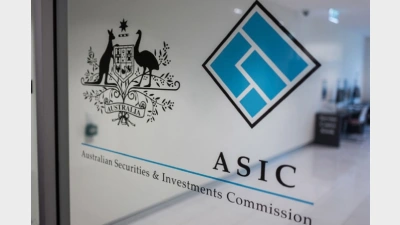(July-2002) Taking the panic out of low returns
With the annual reporting period around the corner, trustees and fund secretaries can be forgiven if they feel a bit anxious about the bad news story they may have to deliver to members on investment returns. But rather than going into crisis mode, there are ways to deal with the situation effectively.
The most telling thing about communications at times of low returns is the lack of planning. The members who will be most alarmed are those that either haven’t been warned of this downturn by their funds or have general misconceptions about investment cycles, investment horizons, and superannuation as an investment in general.
While a low return may be unsettling for the average person, there are ways to soften the blow. It’s also a time to turn this threat into an opportunity, because in such an environment, super funds have their members’ attention and can deliver broader educational messages.
Lessons
Expectation management is essential. Those funds that will experience the largest backlash from poor returns will be those that have overplayed their strong investment returns in the past. Moreover, it will be those funds that have not forewarned members of expected poor returns before their annual statement arrives that will have the greatest challenge.
While the backlash may not be avoided by some funds, the lesson for the future is to refine some basic messages that members can take away and remember. So, come times of uncertainty or change, a fund can return to these basic messages to remind people that superannuation is a long-term investment.
Don’t weight your communications towards this year’s return, but rather towards educating members about their time horizon. This realigns people’s expectations away from a short-term annual focus, to a longer-term average return. Emphasise the five-year average return or perhaps provide a series of longer-term average investment returns.
Tips
n Communicating with a superannuation fund’s membership once a year isn’t education, it’s compliance. Teachers apply the principle that if you say something five different ways, it will be heard once. This tip reinforces the early lesson that simple messages and repetition can help a super fund build a basic understanding within its fund membership.
n Super funds tend to squash too many messages into one brochure, report or statement, and therefore miss providing perhaps three to five basic and pertinent messages. In the case of low returns, longer-term investing and the merits of such planning can be highlighted.
n One tool is to provide industry perspectives using an independent author as part of a fund’s communication program. Having asset consultants or investment advisers give commentary about what is happening in the market — in simple laymen terms — will go some way to explaining the situation and add credibility to what is being communicated.
The most important lesson we can learn when entering a low return environment, and a lesson financial planners try and tell people in the financial planning process, is about the dollar-cost average. The same principal applies to communication. Steady and consistent (and relevant) rather than reactionary and dramatic. If your first effort at genuinely communicating with an audience relates to a ‘bad news story’, don’t stop there … start there and introduce a communication plan.
Recommended for you
The structural shift towards active ETFs will reshape the asset management industry, according to McKinsey, and financial advisers will be a key group for managers to focus their distribution.
ASIC has warned that practices across the $200 billion private credit market are inconsistent and, in some cases, require serious improvement.
A surge in electricity prices has driven the monthly Consumer Price Index to its highest level in a year, exceeding forecasts.
Infrastructure well-positioned to hedge against global uncertainty, says investment chief.







